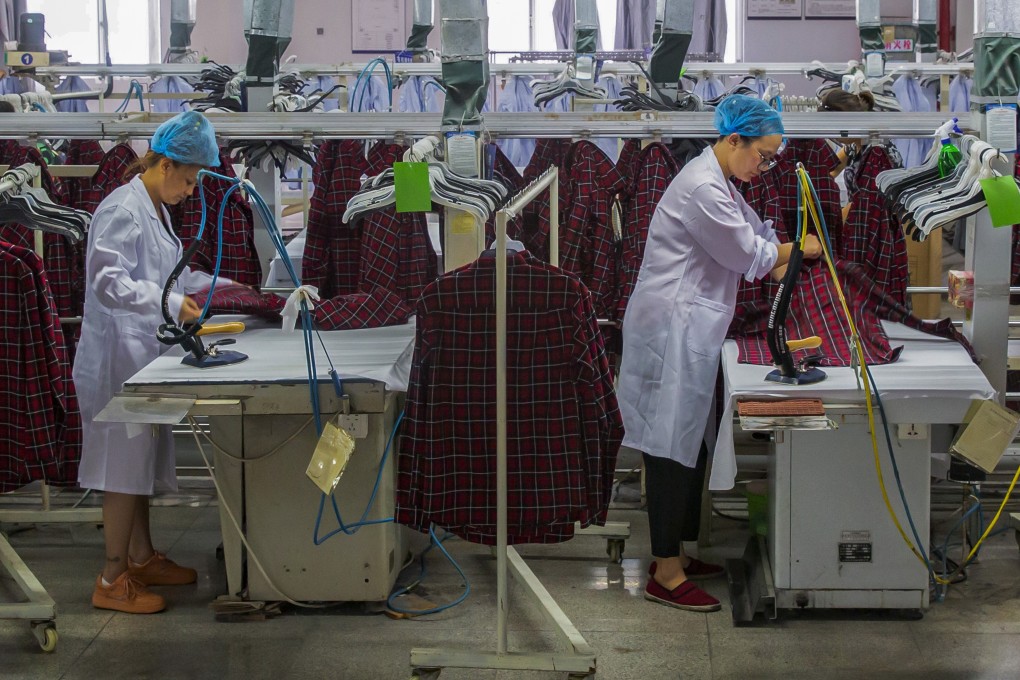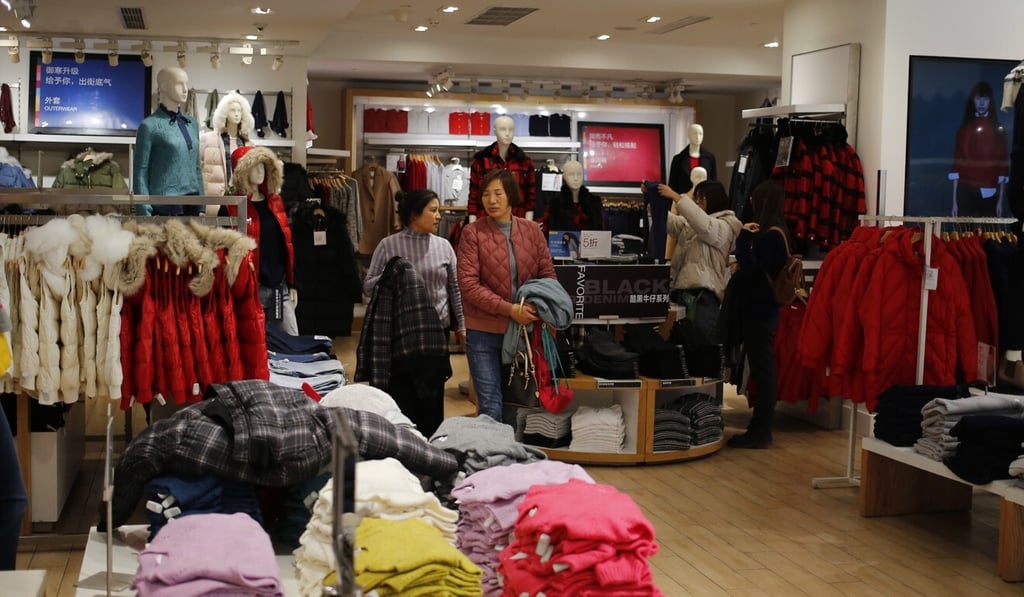Advertisement
Why trade will continue to power China, even as it tries to look inward
- While the heyday of China’s export-led growth may have passed and the ‘dual circulation’ strategy emphasises giving greater play to domestic growth drivers, the continued impact of trade may not be as bleak as some experts have suggested
Reading Time:4 minutes
Why you can trust SCMP
0

Invoking Mao Zedong’s 1938 essay on “protracted war”, Chinese President Xi Jinping is preparing his country for an external environment that is expected to harden both politically and economically in the coming years. Internationally, Xi confronts a trade war with the United States, a political push to uproot manufacturing supply chains and decouple from China, and a bleak overall outlook for global trade due to the coronavirus pandemic.
Xi’s remedy, first introduced at a Chinese Communist Party Politburo meeting in May, lies in the new “dual circulation” strategy. Though the concept remains decidedly vague, it emphasises giving greater play to domestic growth drivers, or “internal circulation”, while shifting away from the economy’s traditional bent towards export orientation. In this view, China should lean more heavily on domestic demand, given the diminishing role of trade in the economy over the past decade and a half.
Exports have been falling almost continuously as a share of China’s gross domestic product – from a peak of 35 per cent in 2006 to 17 per cent in 2019. This rise and fall is similarly true of imports.
The decline is the result of three structural forces that shaped China as it moved from a low- to upper-middle income economy: graduating from labour-intensive products; onshoring of higher value activities; and rebalancing from investment to consumption and from manufacturing to services.
Taken together, the competitive pressures and opportunities from trade are likely to continue to play a major role in shaping China’s growth process.

Advertisement

